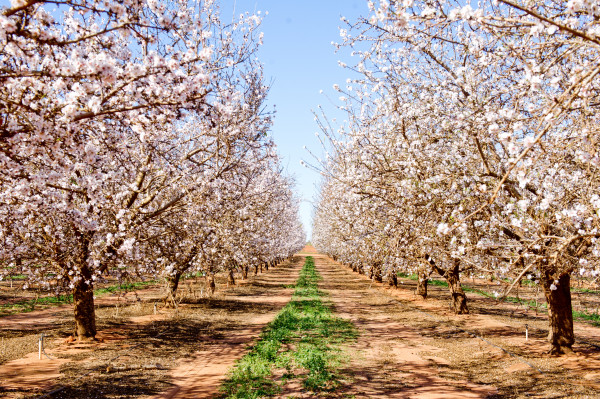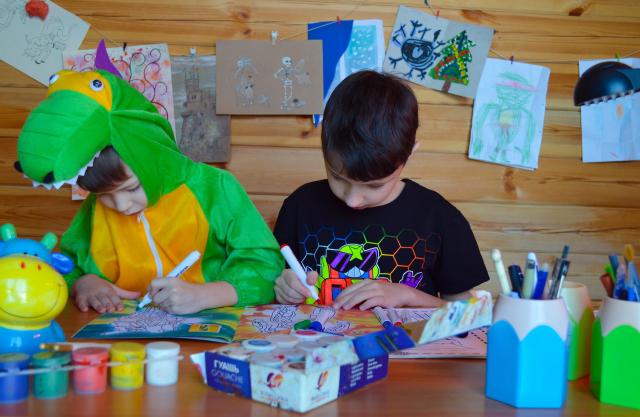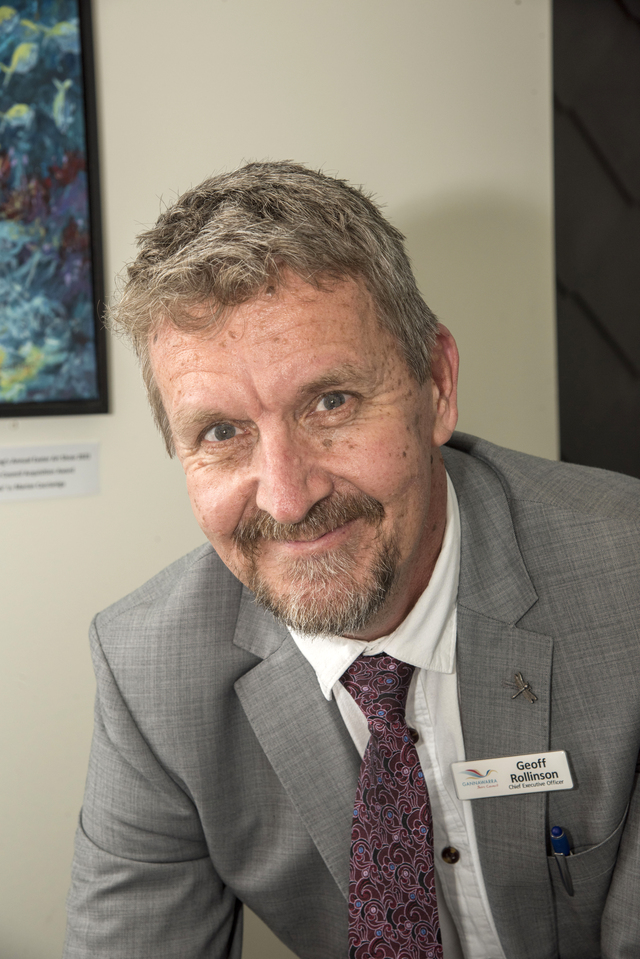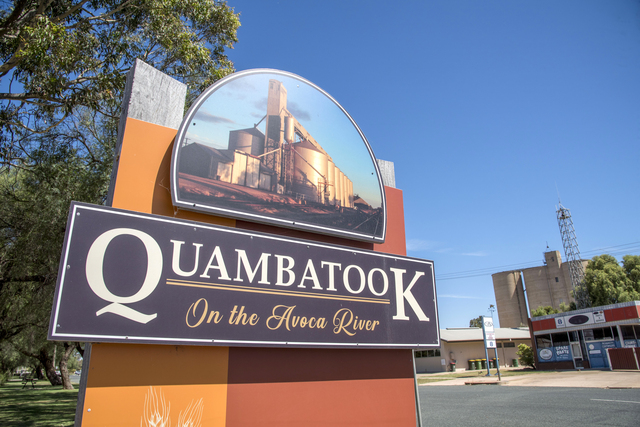THE growth in permanent almond plantings in the lower Murray-Darling Basin over the past three years has raised fears other irrigated industries may struggle to get access to water as new plantings hit maturity and cause water prices to soar.
A report by the Murray-Darling Basin Authority (MDBA) found NSW recorded its highest growth in permanent almond plantings in the lower Murray-Darling Basin as 4570 hectares of new almond plantings occurred since 2018.
This growth also means permanent almond plantings, at 34 per cent, are now the “dominant” horticultural planting in the region, overtaking wine grape plantings (33 per cent).
In 2021, the Sunraysia branch of the Southern Connected Basin Communities group raised concerns about growers having to compete for water as new citrus, grape and almond plantings matured.
Meanwhile, the Almond Board of Australia called on NSW and SA governments to follow the Victorian Government and adopt a moratorium on new horticultural developments.
Almonds require between 12 and 14 megalitres of water per hectare, a fact that concerns independent candidate for Mallee Sophie Baldwin, who said “the unregulated growth” of plantings would put pressure on the river system’s capacity to deliver “huge volumes” of water in dry years.
Ms Baldwin said she supported a moratorium on new developments in NSW, saying as new almond plantings matured, prices in dry years would crowd out family farms unable to “dig deep” for higher water prices.
A 2020 ABARES study in future scenarios for the southern Murray-Darling Basin estimated prices to be 50 per cent higher in future dry scenarios.
It said while 2018-19 prices (about $445 a ML) were high in comparison to historical prices, it would be considered the average in future years and that prices were modelled to increase from $116 to $192 per ML in future dry years.
The report also found growth in water demand due to “maturing almonds trees (particularly in NSW and SA Murray)” would, in dry years, lead to “significantly higher prices” below the Barmah region (between $955 a ML and $1075 a ML) compared to the Murrumbidgee (between $655 a ML and $712 a ML).
Almond Board of Australia chief executive Tim Jackson said he was not surprised by the growth of almond plantings and that he understood inflows to the Murray system had “reduced over time” creating “a long-term upper limit on the volume available for irrigation”.
He said it was difficult to “see agreement” between the three state governments in the lower Murray-Darling and that “investors had to do their own sums on the long-term viability of any type of permanent planting project, whether that be almonds, citrus, table grapes or something else”.
An MDBA spokesperson said it would be “assisting governments in tracking the growth of permanent plantings … and sharing this information with states to inform their decision-making as they are responsible for land-use planning and development”.
Meanwhile, an NSW Department of Planning and Environment spokesperson said the “vast majority of almond plantations are in Victoria and South Australia, and NSW cannot put a moratorium on plantations in other states”.
A 2021 report by Mallee Regional Innovation Centre identified that 80 per cent of almond development within the lower Murray-Darling Basin occurred in Victoria up to 2015.
But the report also noted that the NSW Government’s encouragement of the conversion of properties in southern NSW to freehold had “removed” one of the factors which previously made Victoria more attractive for almond operators.
Member for Mildura Ali Cupper said the NSW Government was acting “selfishly against all science” and called on the Federal Government to step in to “impose a moratorium in NSW to bring it in line with other states”.







